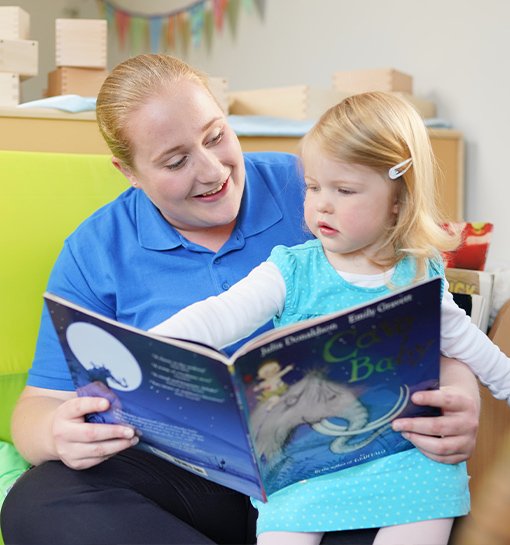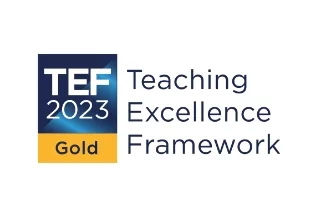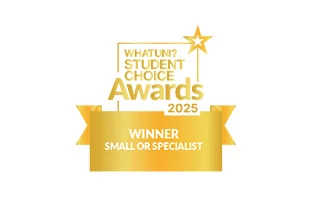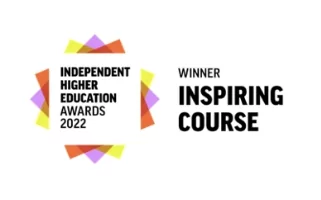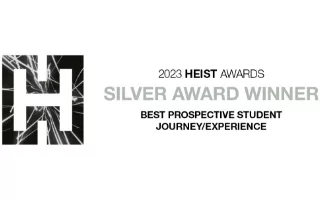Why I chose to research LGBTQ+ inclusion
26 June 2020

In their third year, Norland students choose to explore an area that is pertinent to them. Chichi (Set 41) discusses why she chose to explore LGBTQ+ inclusion in early years settings as part of her dissertation research.
Inclusion is intertwined throughout all aspects of Norland’s course, with students looking at how they can apply different methods and practises to ensure all children and their families feel cared for. This is built on further in modules such as Supporting Children and Families and Thriving in a Diverse Society where students explore anti-discriminatory practice and how to support all families regardless of their circumstances.
Why did you choose to research this topic?
I have a personal interest in the topic, being a queer person myself, and so I was genuinely intrigued by the results I might find. In the past three years at Norland, I have often chosen it as the focus of various pieces of coursework, including a report and an academic poster. When reading pieces of research for these assessments I realised that they mainly focused around making recommendations for early years practitioners on what they could do to promote LGBTQ+ inclusion. I, therefore, wanted to conduct a piece of research which would show whether early years practitioners are currently following these recommendations as well as trying to understand their beliefs and approach to the topic in general. My decision was also influenced by the current climate in UK schools: the controversy of Andrew Moffat’s No Outsiders programme and the introduction of the new Relationship Education (which dictates that primary schools must teach children about LGBTQIA+ relationships and families) in September 2020.
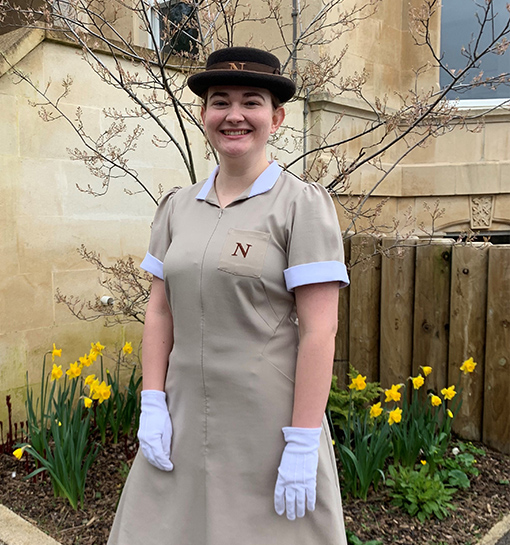
What did you learn from your research?
It emerged from the research that there was a great disparity between how individual practitioners approached LGBTQ+ inclusion. Their responses each fell into one of three approaches:
- Silent tolerance – the practitioners did not feel LGBTQ+ inclusion was important and used very few inclusive strategies
- Implicit inclusion – the practitioners felt LGBTQIA+ inclusion was very important but used few inclusive strategies
- Explicit inclusion – the practitioners felt LGBTQIA+ inclusion was very important, and their use of many inclusive strategies reflected this
The approach used by the majority of the practitioners involved in the study was implicit inclusion, suggesting that many practitioners see the importance of LGBTQ+ inclusion but face challenges in trying to implement it in their settings. Practitioners reported a range of challenges, including convictions of faith, a lack of resources and/or familiarity with the topic, fear of backlash from parents and the belief that it’s an age inappropriate topic for children.
“The results that I found most interesting were the comments from practitioners about inclusion of LGBTQ+ families not being needed as there were no LGBTQ+ families who attended the setting. Some felt that to do so would be “tokenistic” however this philosophy didn’t seem to apply to other types of inclusion.”
For example, the setting had books which depicted a child using a wheelchair, despite none of the children in the setting using one. Rather than being viewed as tokenistic it was seen as a positive way of introducing children to diversity. This philosophy, that the topic is only relevant to children in LGBTQ+ families, seems to be founded on the misconception that all the children will grow up to be heterosexual, which cannot be assumed.
Has your research changed your practice in any way?
While conducting my research I realised how much of an influential role each practitioner has in the lives of the children in their care. It therefore, made me think about my own practice and how I can find ways to celebrate difference with children, encouraging kindness and acceptance of others. The project has given me the confidence to go beyond just using implicit strategies such as using inclusive and gender-neutral language and instead to actively talk with children about LGBTQ+ diversity in families. It has also opened my eyes to exploring all kinds of diversity with children in a way which they can understand including people with SEND, different types of families such as single parent, people of different races, ethnicities and cultures.

Why do you think this topic is so important?
In the early years, a child’s identity and sense of self-worth are often linked to their family as it is the most significant presence in their lives. For children of LGBTQ+ families it is therefore vital for them to see their family reflected in their environment; the books they read, the posters and pictures they see and the language they hear. As families become increasingly diverse, it’s important that early years settings are able to reflect this, celebrating difference and making it visible. This ensures that the children and their families feel welcomed and have a sense of belonging, as opposed to feeling stigmatised.
In recent years, the LGBTQ+ community has made massive strides in raising awareness and achieving equal rights. However, it seems to be taking longer for this progress to filter down into the world of the child. For example, the idea that LGBTQ+ inclusion is only relevant to children in LGBTQ+ families and that children are innocent, asexual beings for whom the topics of sexuality and gender identity are inappropriate, are both still commonly held beliefs. However, it has now been shown that learning about differences between people from an early age, in an accepting and safe environment, can make the discovery of one’s own identity and the journey of self-acceptance a much smoother process, in both the short and long term. There is hope that as more research is conducted and policies and legislation are changed, that the benefits of celebrating LGBTQ+ diversity with children in an age-appropriate way will replace the misconceptions explored above.
Did you enjoy researching this topic?
I have loved the opportunity to research a topic I am so interested in and to gain results I had never predicted. However, some situations were challenging. For example, I had a conversation with one person who said they would never expose children to LGBTQ+ diversity as they viewed homosexuality as unacceptable due to the religious beliefs they held.
While this was very hard to hear and it was difficult to remain neutral for the sake of the research, it did make me realise that the more we talk about such issues, the better we can understand other people’s points of view and the more likely we are to be able to build bridges with those who have different opinions to our own.
What have you learned about working with diverse families and different family types during the course? How has Norland supported your learning of this?
Contrary to the popular belief that Norlanders only work for one specific type of family, Norland prepares students to work alongside many different types of families, with entire modules devoted to learning how to best support their individual needs. During these lectures, the main principles I have taken away are to have a non-judgemental approach, to treat others with compassion and to understand that while everyone is different, many families face similar challenges. Throughout the course, there are also many opportunities for students to choose specific areas to focus on and lecturers are always supportive of this.


